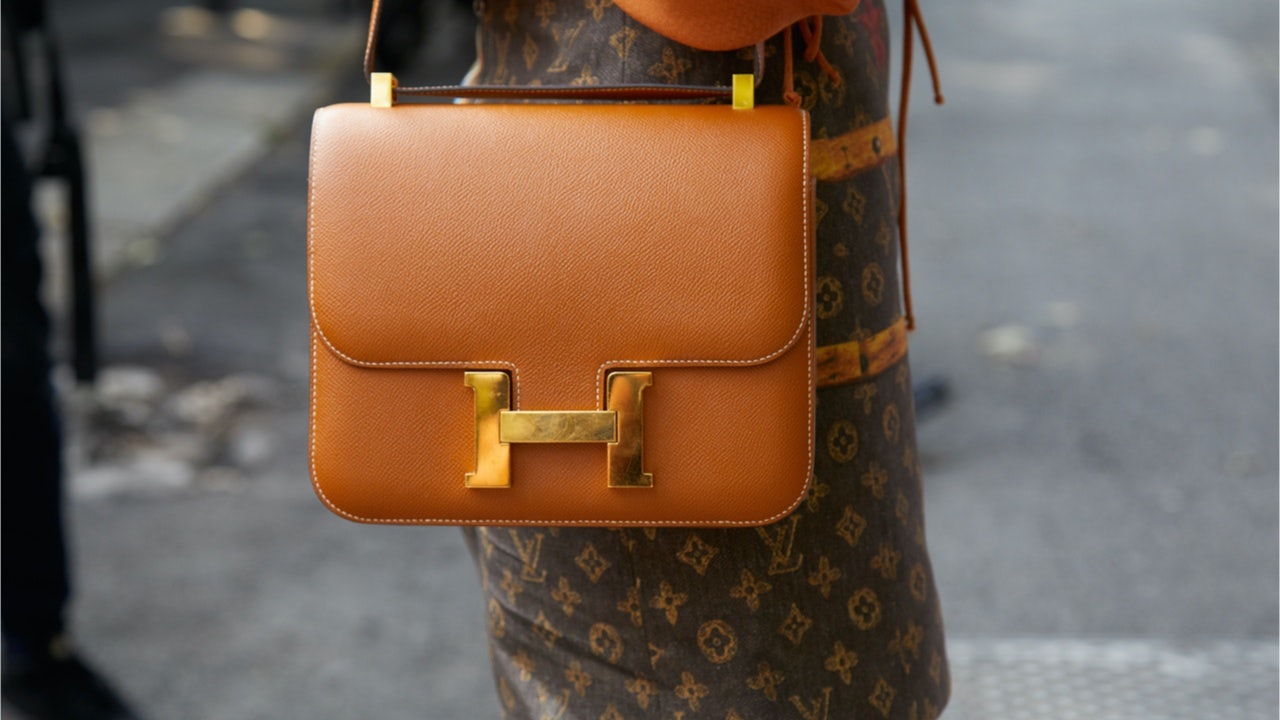While walking around China’s hi-tech cities, from Shenzhen to Shanghai, Beijing to Chengdu, it is impossible to ignore the signs of consumer culture. The country has come a long way since its impoverished and socialist past — being now the quintessence of a consumer society. In fact, it built the contemporary economic boom on the shoulders of the modern Chinese consumer.
To give some context, McKinsey highlights that from 2000 to 2010, consumption grew from around $650 billion to almost $1.4 trillion. And, it would be a great mistake to associate the consumption growth only with the big spenders and ultra-wealthy; the newly established middle-class is the real economic force. McKinsey predicts that in fact the Chinese middle-class could reach 550 million by 2022 and the urban-household income will double by the same year.
Since the demand for luxury products has grown quickly in the past years, it felt like nearly every global retailer set its sights on China. Nevertheless, many global enterprises misunderstood the market and ignored its particular set of challenges and inadequacies. However, the most striking issue is that consumerism is growing but so too is the wealth gap in Chinese society. It is this change that might have catastrophic consequences for the economy.
Interestingly, President Xi Jinping pins his hopes on achieving economic growth by enhanced consumer spending, but he ignores the reality of those who don’t take bullet trains to work, buy silk ties at Hermès, or go on shopping sprees around the world.
The New York Times reports that “the economic boom that made China rich never came to Chashan, a desolate village of 40 people about a six-hour drive from Beijing.” Chashan is not an isolated case. Indeed 43 million people still live on the equivalent of fewer than 95 cents a day on the mainland. Make no mistake, income inequality is growing fast and not everyone is sharing this newly discovered economic prosperity.
According to a paper by Thomas Piketty, Li Yang and Gabriel Zucman, the breakdown of income earned by the top 10 percent of the population have risen from 27% in 1978 to 41% in 2015. Quartz mentions Piketty, Yang and Zucman’s research to highlight that in terms of how economic growth gets distributed, China is a country left somewhere between France and the US.
Proportional Increase#
If we ask the question, why is consumerism increasing proportionally to economic inequality? First of all, the phenomenon is not exclusive to China. It is present even in Western industrialized nations. Giorgio Riello, a professor of history at the University of Warwick believes that “we live in a world obsessed by luxury.” Our unequal societies construct the ideal base for consumerism because affluent consumers need to showcase their success and wealth. In particular, the less refined moneyed class prefers to parade its wealth.
In the case of China — a country where social media challenges similar to "failing stars" — encourage young consumers to flaunt their immense wealth through outlandish contests. They illustrate that modern China celebrates both consumerism and wealth, embedding them into the DNA of the modern lifestyle.
But there’s also another element integral to this phenomenon: the growth of the middle class. The former ‘left behind’ segment of the population is finally catching up with the leading class; this creates a constant competitive drive to keep up with the elites.
Since luxury products are seen as a communicator of financial success, middle-class buyers use these prime goods to obtain an advantageous position on the domestic and global market. Luxury consumption often starts with the acquisition of an iPhone and ends with owning real estate in a good neighborhood, vacationing abroad, and having private tutors for your children or sending them to an upper-class boarding school.
Retailers who target the Chinese middle market need to have a focus on the ‘aspirational’ aspect and understand that luxury consumerism indicates upward social mobility; thus, differentiation is more important than convenience. Accordingly, minimalism might work with the global one percent, but the ‘aspirational class’ needs to consume more logoed, bling products to post reviews on apps such as TikTok and Weibo.
Lastly, China is a particular case because of the Confucian culture. The six virtues highlighted by Confucianism [ xi (learning and assimilating ethics), zhi (character and knowledge), li (community, fairness and politeness), yi (morality and righteousness), wen (self- development), and ren (the highest virtue corresponding to benevolence and charity)] can mandate personal relationships and consumer behavior. Since collectivism, charity, and good reputation are concepts imprinted in the traditional cultural mindset, it’s unsurprising that individuals consider retail shopping a moral duty; consumerism is a means to reach the highest ethical principles.
On the whole, this cultural distinction is the only separator between China and the rest of the industrialized world. Our societies glue consumerism and inequality together, creating a bond where one can no longer exist without the other. In an ideal world, there would be no need for artifice. But we are not there yet.
